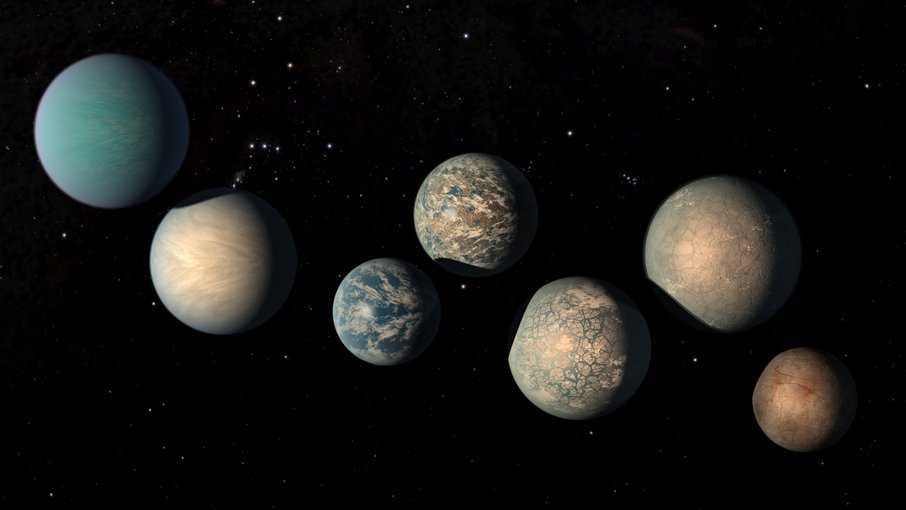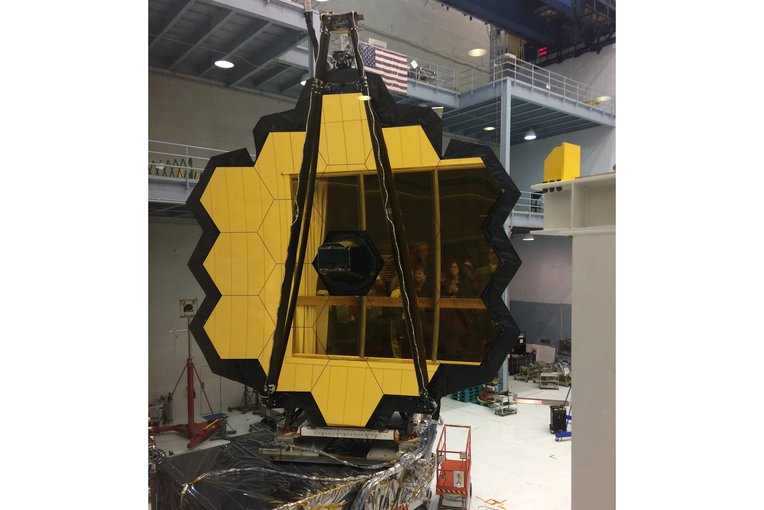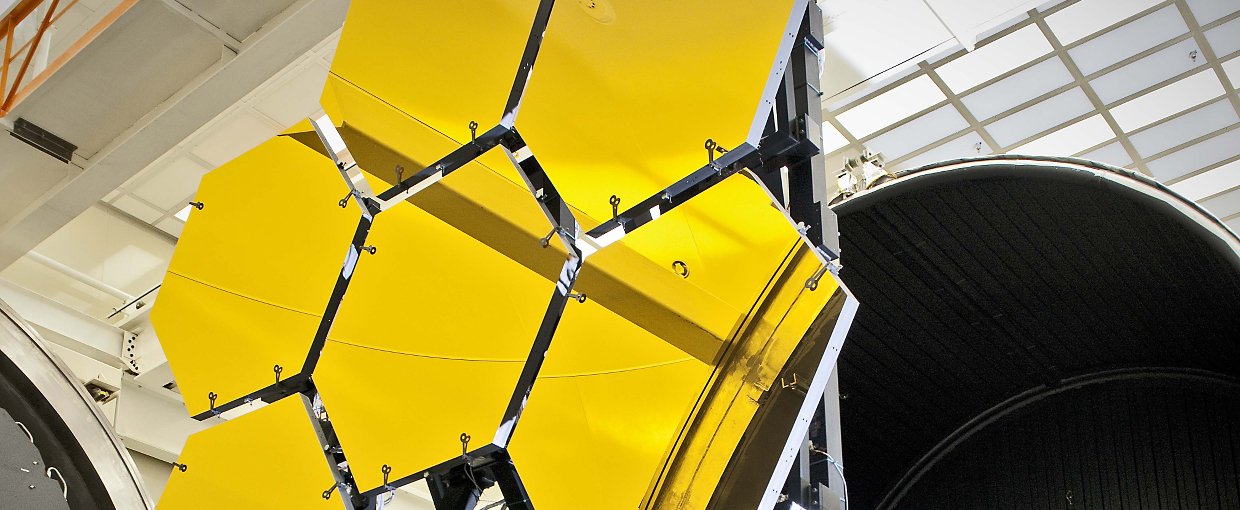
A new study examines how the transmission spectra of planets in distant systems could be affected by starspots and faculae (bright regions on a star’s surface linked to the appearance of starspots). The study could have implications for future observations by the James Webb Space Telescope (JWST), including observations of the TRAPPIST-1 system.

This illustration shows the seven Earth-size planets of TRAPPIST-1. The image does not show the planets' orbits to scale, but highlights possibilities for how the surfaces of these intriguing worlds might look.Image credit: NASA/JPL-Caltech.
When a planet passes in front of a star, changes can be observed in the light of the star when viewed from Earth. This produces the transmission spectra that astrobiologists use to glean important information about the planet. Slight changes in the spectra can help determine physical and chemical properties of the planet, including potential clues about the planet’s atmosphere. As larger, more powerful telescopes are launched (such as JWST), astronomers hope to gather more and more detailed information about smaller and smaller planets. In time, the goal of such research is to be able to study small, rocky planets similar to Earth in enough detail to determine whether or not they are habitable for life as we know it.

The primary mirror of the James Webb Space Telescope during assembly in a clean room at the NASA Goddard Space Flight Center in Greenbelt, Maryland.Image credit: A. Gronstal / NASA Astrobiology.
The new study models starspot and faculae affects consistent with M dwarf stars in order to understand how these features could ‘contaminate’ spectral observations. The findings will aid in the interpretation of spectra, and could provide new insights into systems like TRAPPIST-1.
The study, “The Transit Light Source Effect: False Spectral Features and Incorrect Densities for M-dwarf Transiting Planets,” was published in The Astrophysical Journal. The work was supported by the Nexus for Exoplanet System Science (NExSS). NExSS is a NASA research coordination network supported in part by the NASA Astrobiology Program. This program element is shared between NASA’s Planetary Science Division (PSD) and the Astrophysics Division.


